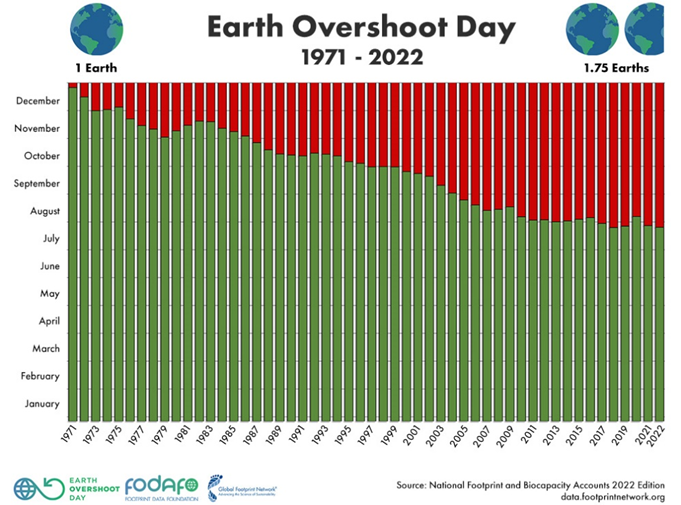1. SUSTAINABLE DESIGN: CONCEPT AND DEFINITIONS
The sustainable design concept has suffered an evolution regarding its concept and scope in the last years. During the 90’s, it was mainly focused on product level, and terms like green Green Design and Eco-design came up. In the late 90’s, it came the boost to the development approaches and terms as Design for Social Innovation were put in place.
The evolution of the scope shows the variation from a technical and product-centric focus (e.g., eco-design), towards a large-scale system level in which sustainability is considered as a socio-technical challenge, and from one product creation to complex systems with lots of interactions: as the role of users, resilience of communities, emotional aspects, etc.
In this sense, the sustainability focus has also been changed from addressing just the environmental aspects, to socioeconomic aspects such as labour conditions, poverty alleviation, integration of weak and marginalised people, social cohesion, etc. We can observe that this has been accompanied by an increased need for human-centred design knowledge.
Therefore, when talking about sustainable design, we are not just talking about the manufacturing process of products, nor the environmental impact, but in how we can design products considering social, economic, and environmental impacts the lifecycle of products. This must be thought considering the stages of raw material extraction, manufacturing, distribution, usage, recycling, and the final disposal in the landfill.

The sustainable design concept is closely linked to the Overshoot Day, which marks the date when humanity has used all the biological resources that Earth regenerates during the entire year.
Each year, this date is getting earlier and earlier, which means that we are using more resources we can afford. According to latest data of the Overshoot Day, in 2022, the global population consumed the equivalent to 1.75 planets. One of the most important aspects to reduce the vast amount of resources consumption is to design sustainable products, by creating products which minimize this resources consumption along its whole lifecycle.
Furthermore, the social aspects are also considered in this study. If the overshoot day per country is analysed, it is possible to check that the richest countries are the ones which consumes the biggest quantities of resources. This raises the question of who has to put the bigger efforts in the ecological transition we are facing worldwide.
Other critical aspect is the competitiveness of sustainable production and the constrains of all different types which an actor may see for the process, as creating sustainable products requires big efforts, which should be shared among different stakeholders and not just to the manufacturer.

 Español
Español Turkish
Turkish български
български Magyar
Magyar Polski
Polski Português
Português